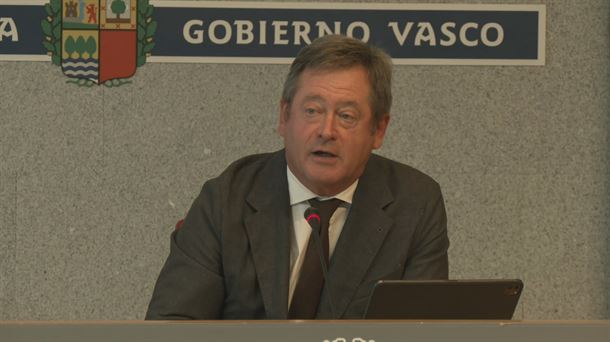We need clear terms. It is a popular campaign slogan among incumbents. So in Austria by provincial governors. But does a federal state inevitably become ungovernable if the party that takes first place in the election does not have a clear majority? no
1. Historically, the fear of unclear circumstances is based on the German example of the 1920s. In the Reichstag of the Weimar Republic, the winning party received only about 20 percent of the vote. In addition, many small parties managed to enter parliament because less than one percent of all votes was sufficient.
2. As a result, there were negative majorities against everything. Partly because of curious alliances, since Nazis and Communists often banded together to prevent legislation. There was hardly a positive majority to decide something, namely to make politics. The resulting vote of public dissatisfaction with parliamentary democracy eventually paved the way for dictatorship.
3. A historical comparison of fear with the Austrian states is, of course, extremely flawed. The upcoming state elections – to be held from September 2022 to April 2023 in Tyrol, Lower Austria and Salzburg as black bastions of the ÖVP and in Carinthia led by the SPÖ – once involved absolute majorities of more than 50 percent. Now the winner of the election is likely to have “only” more than 30 or more than 40 percent of the vote. And then? Nowhere is 20 percent mentioned.
4. But in addition to the ÖVP and SPÖ, with the FPÖ, Greens, NEOS and MFG, as well as the FRITZ list in Tyrol, in theory six to seven parties could enter the state parliament. But certainly not a two-digit number like in the Reichstag. In order to avoid theoretically having 15 or 20 small parties, each with only one MP, a minimum of four or five percent of the vote or a basic mandate must be obtained to enter the state parliament. It has therefore been ensured that there is no risk of total fragmentation.
5. In addition, there is still a system of proportional representation in Lower and Upper Austria. All parties with less than ten percent of the vote automatically receive one or more positions in the state council in the government. Smaller parties are not taken into account. In Upper Austria, 37 percent of the popular election vote was enough for the ÖVP in 2021 to keep five of the nine members of government in the state government – i.e. an absolute majority of over 55 percent. That could soon be comparable in Lower Austria.
6. Anyone who wants clearer terms – ie the clearest possible majorities, even in the state parliament, despite more and more promising parties on the ballot – must change the electoral law. With the exception of the minimum percentage clause, our proportional representation is based on the fact that each party has approximately the same number of MPs in the state parliament as their percentage of votes in the elections. This is considered reasonable, even if it can come at the cost of efficiency due to the sometimes tedious process of finding a majority.
7. The alternative would be a majority vote. Or through personal constituencies, where only the first-placed MPs and the other candidates leave empty-handed. Or through a bonus in the number of MPs for the first-placed party. This makes it easier for them to push through their political projects. But it disrupts the real majorities. Many votes for “smaller” parties or candidates are lost, as it were.
8. In realpolitik terms, however, the momentum of tension in unclear circumstances in the upcoming state elections is limited. Yes, at the federal level, a three-party coalition of the SPÖ, the Greens and NEOS would be mathematically conceivable at this point. In the “black” states, on the other hand, these parties should also join forces with the FPÖ and MFG. Does anyone seriously think this is happening?
9. That wouldn’t take more than a few days and can hardly work even on a single day of the governor’s election. Because this is not elected individually in the state parliament, but as part of a joint election proposal for the entire government. How are all parties, except the party in the first place, to agree on any government post?
10. Party diversity, of course, only means that anyone can draw up a party list and, if the legal requirements are met, can stand as a candidate in elections. No one needs to wish as many parties as possible everywhere. However, if there are more parties in the parliament than before, this is not a catastrophe that can even lead to ungovernability. Rather, sensible coalition formations with compromises on all sides are part of democracy.
Source: Krone
I’m an experienced news author and editor based in New York City. I specialize in covering healthcare news stories for Today Times Live, helping to keep readers informed on the latest developments related to the industry. I have a deep understanding of medical topics, including emerging treatments and drugs, the changing laws that regulate healthcare providers, and other matters that affect public health.



